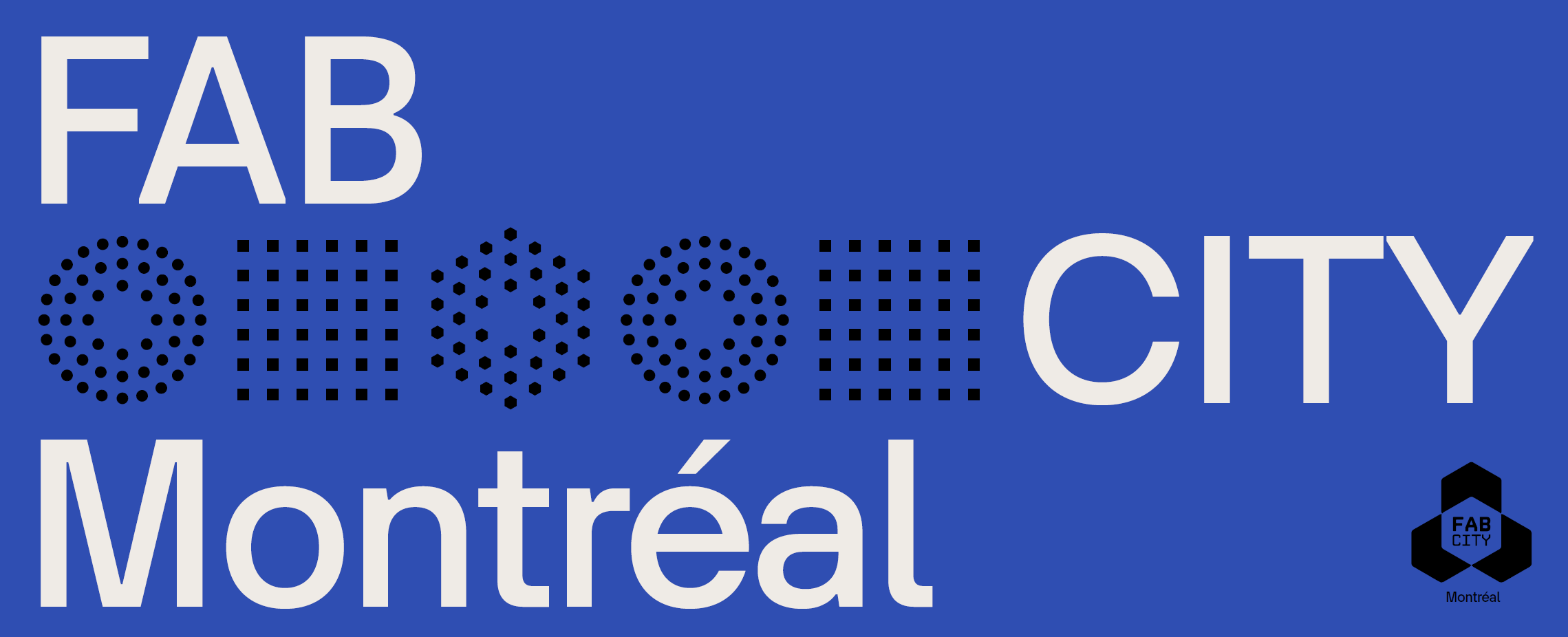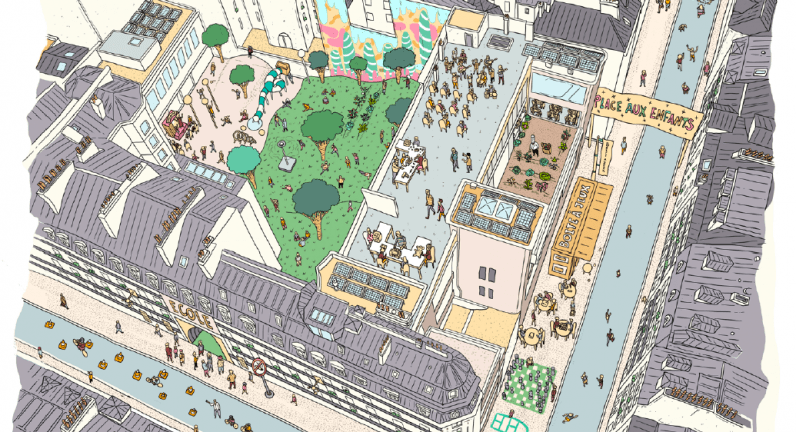News
What’s so good about speed? Slow down cities.
Sometimes, you find articles that have a certain twist of phrase or formula that you know you’ll use again and again. This short piece on the benefits of ‘slow cities’, by the authors of a book on the same topic, includes such a phrase. Instead of “mobility” (how far you can go in a given time), the goal of the “slow city” is accessibility (how much you can get to in that time).
Tree canopies and shaded canyons
Even though humans build cities, in a way creating our own habitats, we don’t completely understand the interactions of this built environment with nature and how much comfort or discomfort we might experience. Throw in the climate weirding, which brings more frequent extremes of heat, precipitation, as well as quick variations, and you quickly see how this understanding must be much more detailed and the lessons applied. The Science Museum of Virginia and the Portland State University SUPR Lab teamed up with a network of local collaborators, volunteers, and newscasters to measure Richmond’s heat island effect.
Economic development the small scale way
Two things you’ve probably seen a number of times in the media: talking about “makers” only as it relates to new makerspaces and hobbyists; economic development that centres on big employers opening large offices or plants in town. But actually, makers come in all shapes, sizes, and kinds of products, and a multiplication of small scale manufacturing can be a much more reliable way of revitalizing downtowns, creating employment, and creating value that sticks around.
Native American new urbanism, a vision for the future of cities
Quick preamble: I love everything about this story. It’s probably an understatement to say that there’s been a lot of failure across the Americas and much of the world when it comes to governments taking part in the wellbeing of indigenous peoples, when it hasn’t been outright malfeasance.
Videos
#Fabcitymontreal







